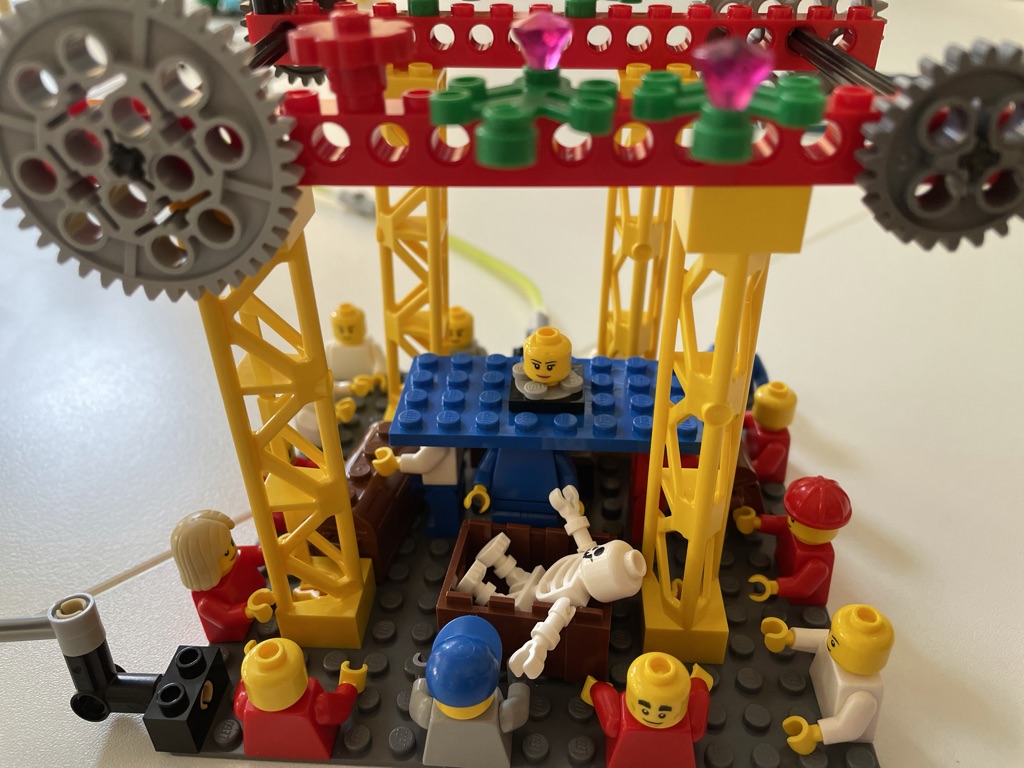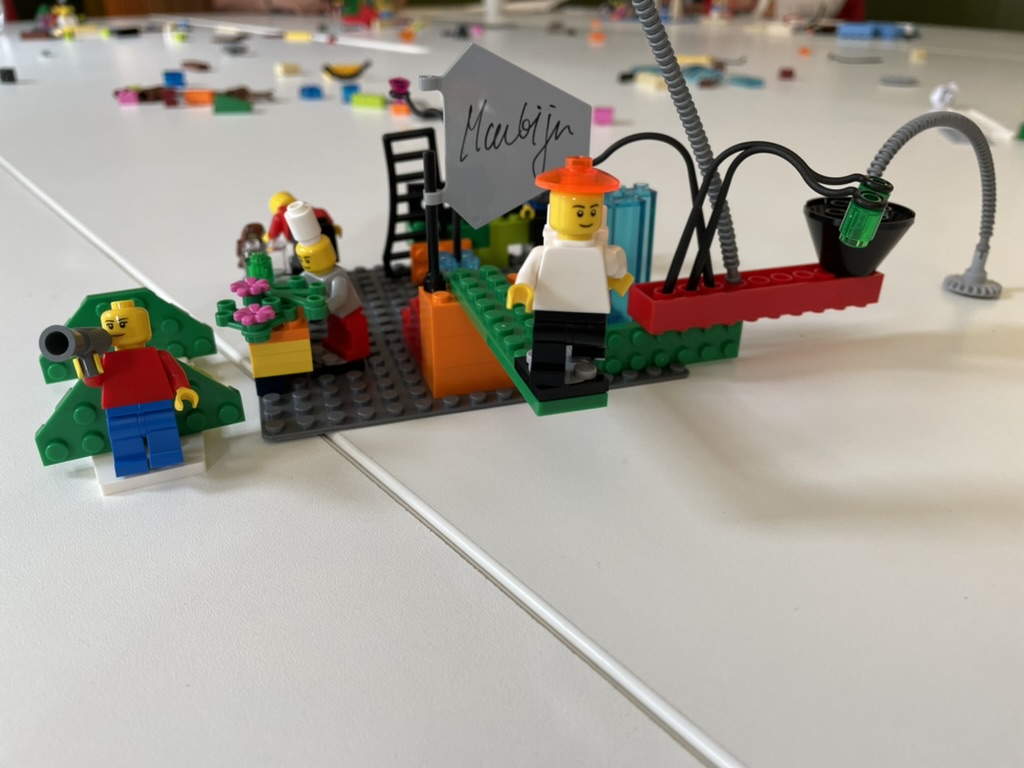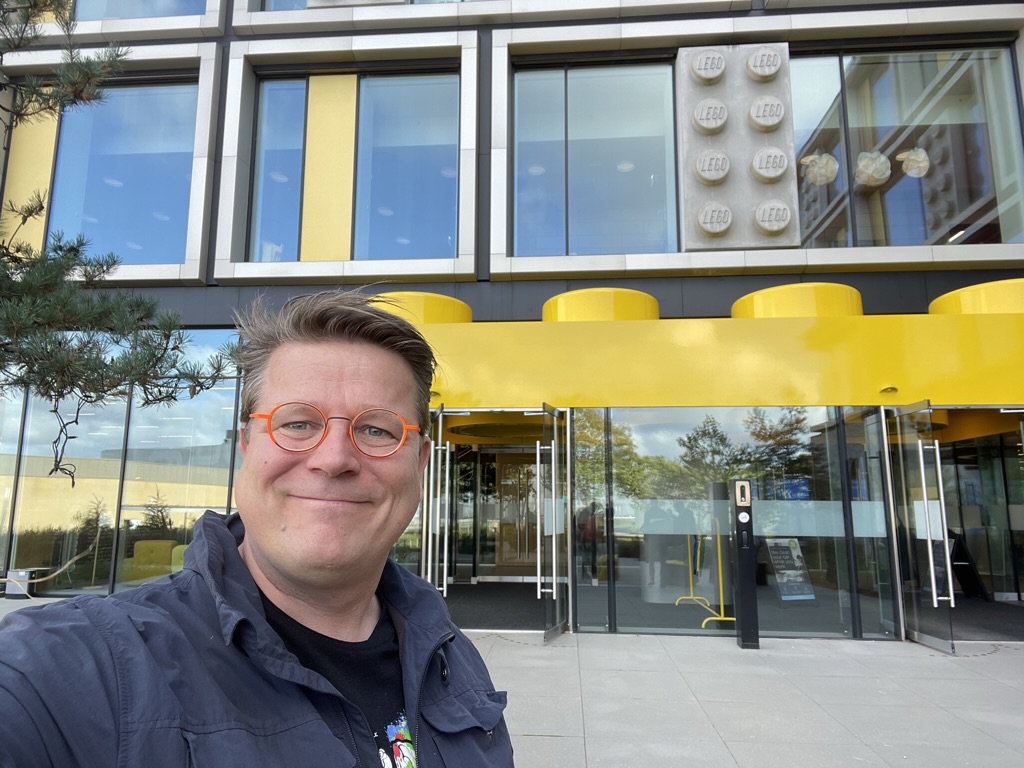What is LSP?
The LEGO® SERIOUS PLAY® methodology was developed in the late 1990s by a team of researchers at the Lego Group in Billund, Denmark. The team, led by Robert Rasmussen, Johan Roos and Bart Victor, was looking for new and innovative ways to help organizations solve complex problems and adapt to rapidly changing market conditions. Sounds familiar?
They began experimenting with using LEGO bricks as a tool for problem-solving and innovation, and over time, they developed a structured methodology that could be used by teams and organizations of all sizes and types.
The methodology was eventually named LEGO® SERIOUS PLAY®, (LSP) and it quickly gained popularity as a powerful tool for innovation and collaboration. Today, LSP is used by organizations around the world, from small startups to large multinational corporations, to help teams develop new products, services, and business models, and to navigate the challenges of the modern business world.
I think LSP is a revolutionary methodology. A facilitation tool that uses LEGO bricks to help teams and organizations tackle complex problems and
develop innovative solutions. It’s the perfect tool for an agile world because it allows teams to quickly and easily prototype ideas, iterate on them, and test them in a safe and collaborative environment but it also helps in creating a learned strategy versus a planned strategy, something we, as adaptable organizations that want to play in a volatile world, need to develop.

With LSP, teams use LEGO bricks to create 3D models that represent their ideas and concepts. That creates their DOD, or their team foundation, their own way of working or one of the many other options we could do with LSP. These models are then used as a starting point for discussion and exploration, allowing teams to visualize and understand complex concepts in a tangible and interactive way.
One of the key benefits of LSP is that it encourages participation and collaboration from all members of the team. Everyone is given an equal voice and is encouraged to share their ideas and
insights, which helps to build trust and foster a sense of teamwork. We guarantee a 100% participation. It is not an option with LSP to have a 20/80 meeting where 80% of the info is given by 20% of the room and where 80% of the room thinks this could have been a mail as well.
Another benefit of LSP is that it helps to break down communication barriers and encourages people to think outside the box. By using a visual and tactile medium, LSP allows teams to communicate complex ideas in a way that is easily understood by everyone, regardless of their background or expertise.

Overall, LSP is the perfect tool in an agile world because it enables teams to work together more effectively, iterate quickly, and develop innovative solutions that meet the needs of their customers and stakeholders. So if you’re looking for a powerful tool to help your team navigate the complexities of the modern business world, then look no further than LSP!

